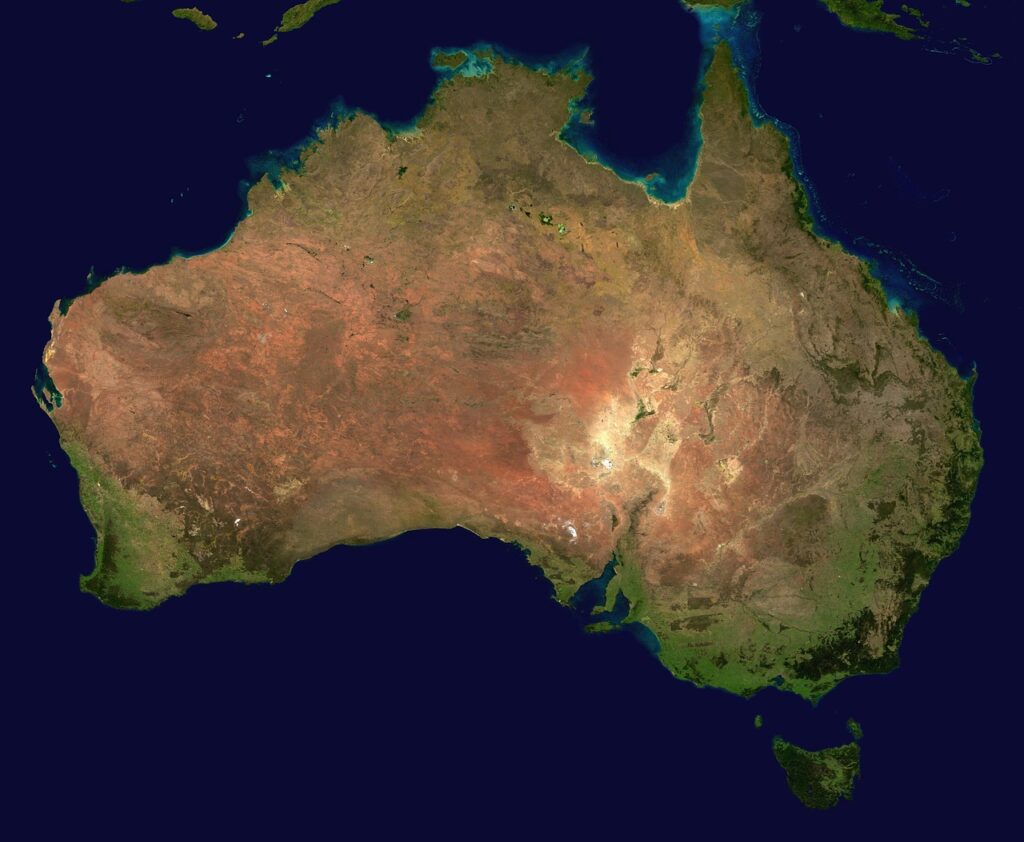Fortescue Metals Group, led by Andrew Forrest, is standing at a pivotal moment for its ambitious green hydrogen production venture in Australia.
The proposed project, situated at the Gibson Island ammonia plant in Queensland, is facing critical decisions in the coming weeks that will determine its feasibility and progression.
The Gibson Island project outlines the installation of a substantial 550 MW green hydrogen electrolyser. In a significant move, Fortescue had previously secured a supply agreement with Genex Power in October, aligning with Genex’s Bulli Creek solar and battery project to provide 337 MW of capacity to support the electrolysers.
However, recent developments have cast uncertainty over the project’s fate, as Fortescue requested an extension until the end of February to finalize the agreement with Genex Power due to challenges in achieving financial closure.
Fortescue is exploring potential alternatives, considering cheaper power options in countries such as Brazil, Namibia, and Morocco, where the company is actively involved in green hydrogen projects. Hutchinson emphasized the importance of securing affordable and sustainable power supplies as a crucial element in Fortescue’s strategy.
A critical decision on the Gibson Island project is expected to be made during the upcoming board meeting in late February, determining whether the project proceeds or faces a standstill.
Fortescue’s comprehensive green energy plan includes the construction of a new 320 km transmission line, connecting the Iron Bridge mining project. This infrastructure facilitates increased renewable energy utilization at Pilbara mining operations, incorporating a 100 MW solar farm, two battery storage installations, and a total renewable and storage capacity exceeding 3 gigawatts.
This strategic move aims to eliminate gas-fired generation and significantly reduce diesel consumption for transport needs. Fortescue is actively embracing electric-powered mining equipment, including electric excavators, haul trucks, and innovative electric trains like the “gravity train,” tapping into the regenerative potential of battery storage.
As Fortescue navigates the complexities of the Gibson Island green hydrogen project, the outcome will not only shape the company’s trajectory in the renewable energy sector but also contribute to the broader narrative of green hydrogen’s viability in Australia’s evolving energy landscape.
